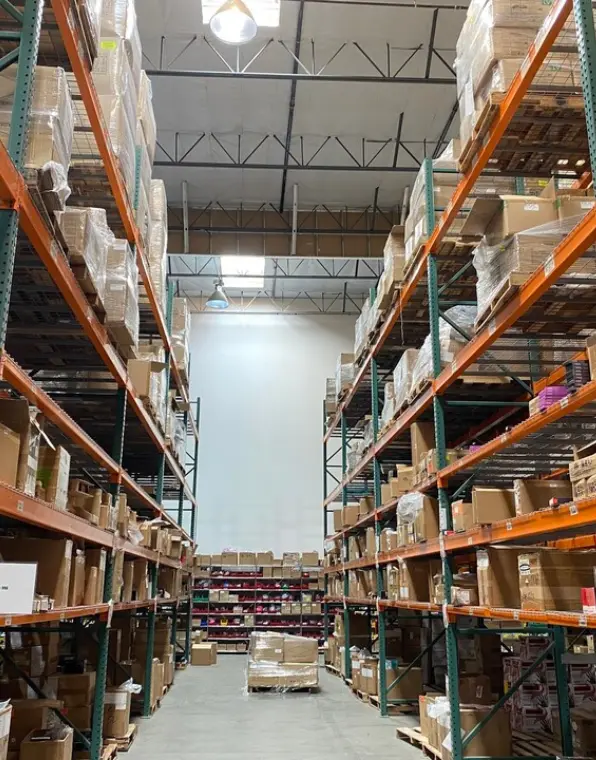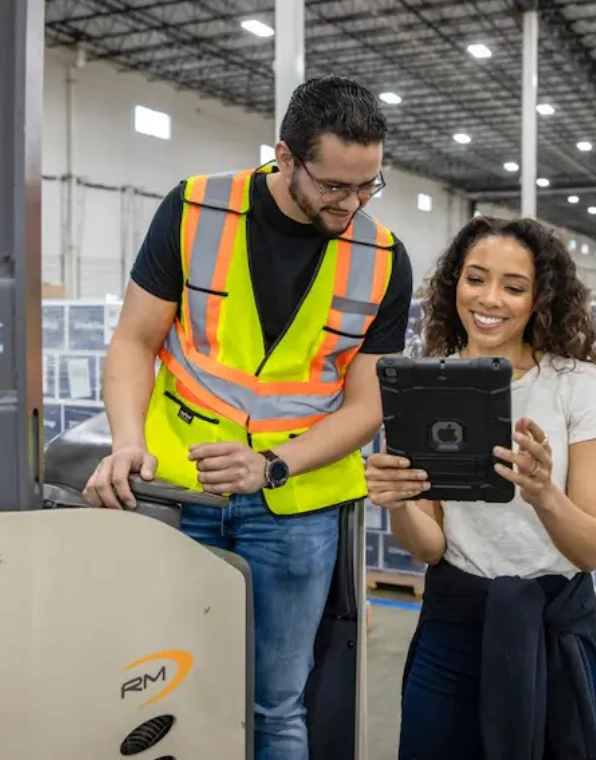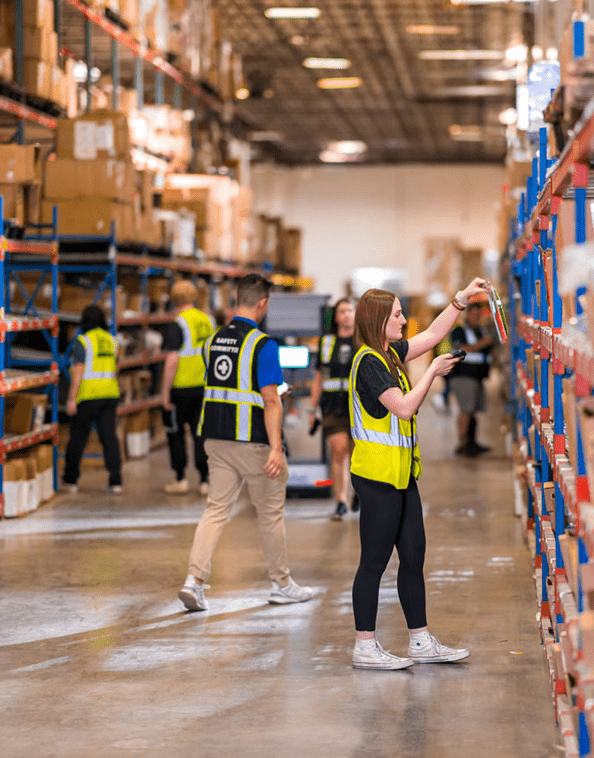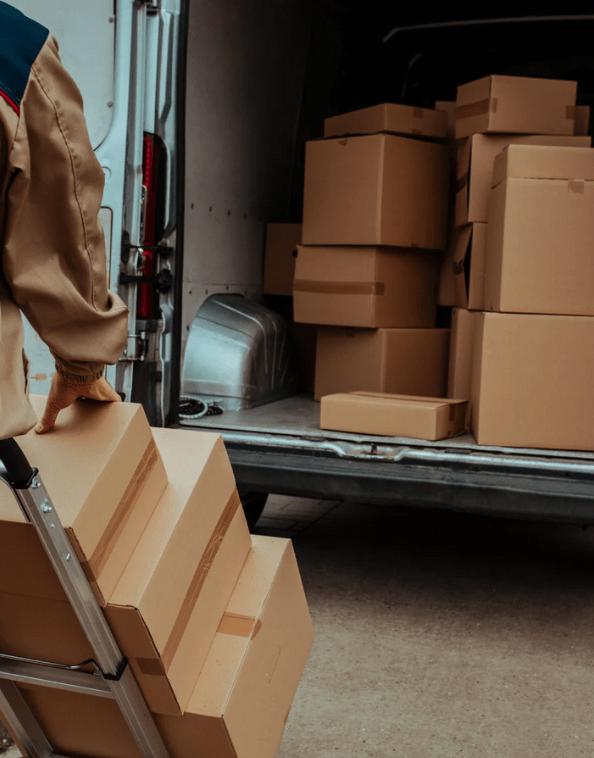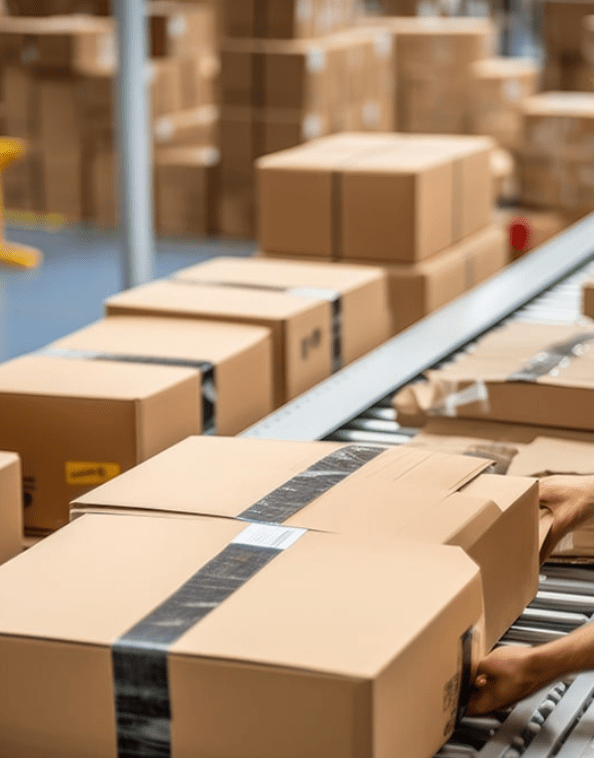The eCommerce landscape is approaching a major turning point with Amazon’s 2026 FBA changes. Beginning January 1, 2026, Amazon will discontinue all in-house prep and labeling services, requiring every product arriving at a Fulfillment Center (FC) to be fully compliant.
This shift places more operational responsibility on sellers, who must now manage prep services, labeling, and inventory readiness internally or through a trusted partner. For many eCommerce brands, the most strategic solution is 3PL integration. Partnering with a capable third-party logistics provider like FulfillMe ensures sellers can navigate the 2026 FBA changes efficiently while also managing multi-channel fulfillment.
Section 1: Understanding Amazon’s 2026 FBA Changes
Amazon’s new policy impacts key areas of fulfillment:
End of Prep Services: No more bagging, bubble wrap, or suffocation warnings applied by Amazon.
End of Labeling Services: FNSKU, UPC, carton, and pallet labels must now be completed by sellers or their 3PL.
Compliance Requirement: Every item must arrive FC-ready to avoid rejection or delays.
For sellers, these changes mean greater responsibility for prep services, labeling, and inventory accuracy, making logistics planning essential for 2026.
Section 2: Why 3PL Integration Is Critical
3PL integration connects your sales channels to a third-party logistics provider’s systems, automating inventory updates, shipping, and fulfillment processes. By outsourcing these operations, sellers gain:
Compliance & Accuracy: Every product is prepped and labeled according to Amazon standards.
Cost Control: Optimize inbound shipping, reduce split-shipment fees, and avoid penalties.
Scalability: Handle peak season surges without investing in additional warehouse staff or infrastructure.
Multi-Channel Fulfillment: Fulfill orders for Amazon, Shopify, Walmart, and other platforms simultaneously.
Inventory Visibility: Real-time data helps track stock levels and avoid low-inventory fees.
FulfillMe specializes in 3PL integration, giving sellers full control over operations while ensuring compliance with the 2026 FBA changes.
Section 3: Strategic Benefits of 3PL Integration
Risk Reduction
Global supply chains face regulatory changes, labor shortages, and shipping disruptions. 3PL integration mitigates these risks by offering alternative carriers, backup warehouses, and flexible labor solutions.
Optimized Inventory Placement
FulfillMe uses predictive analytics to place inventory close to customers, reducing delivery times and shipping costs while keeping multi-channel fulfillment efficient.
Enhanced Customer Experience
Faster deliveries, accurate order fulfillment, and consistent packaging help strengthen brand reputation. By combining 3PL integration with Amazon’s distribution network, sellers can maintain top-tier service levels even amid the 2026 FBA changes.
Section 4: How FulfillMe Supports Sellers
1. Prep Services & Labeling
From poly-bagging to FNSKU application, FulfillMe ensures products are fully compliant before they reach FBA warehouses.
2. Warehouse & Fulfillment
Strategically located facilities allow seamless handling of B2C, D2C, and Amazon FBA shipments without bottlenecks.
3. Inventory Management
Integration with Amazon Seller Central, Shopify, and other eCommerce platforms provides real-time updates on stock, orders, and delivery.
4. Peak Season Support
FulfillMe offers overflow storage and pre-staging, reducing exposure to Amazon’s peak-season fees while keeping products ready for shipment.
5. Compliance Monitoring
Ongoing tracking of Amazon’s policies ensures sellers remain compliant with 2026 FBA changes without adding internal overhead.
Section 5: Long-Term Growth Through 3PL Integration
3PL integration allows sellers to scale without building warehouses or hiring additional staff. Outsourcing logistics frees up resources for product development, marketing, and customer engagement.
With FulfillMe’s analytics dashboard, sellers can track costs, lead times, and fulfillment efficiency, making data-driven decisions to optimize operations and meet evolving customer expectations.
Section 6: Taking Action Now
Waiting until late 2025 could expose sellers to:
Rejected shipments
Missed Q4 revenue opportunities
Increased costs from rushed prep and labeling
Limited 3PL capacity
Early integration with a 3PL like FulfillMe allows sellers to test workflows, refine compliance processes, and enter 2026 fully prepared for the new FBA requirements.
Section 7: Key Steps for Sellers
Assess Fulfillment Needs: Identify gaps in prep, labeling, and inventory management.
Integrate a 3PL Partner: Automate compliance and multi-channel fulfillment.
Review Costs: Account for inbound, low-inventory, and peak-season fees.
Plan Inventory Placement: Use data to reduce shipping times and costs.
Diversify Channels: Reduce dependence on Amazon while maintaining Prime-level service.
Conclusion
The 2026 FBA changes may seem challenging, but they are also an opportunity for sellers to modernize operations. 3PL integration with FulfillMe enables seamless compliance, scalable fulfillment, and improved customer experience.
By acting now, sellers can transform these changes into a competitive advantage—navigating prep services, labeling, inventory management, and multi-channel fulfillment efficiently while staying ahead in the evolving eCommerce landscape.

Norman Kravitz is a logistics and fulfillment expert with extensive experience in e-commerce supply chains, currently serving as CEO and Founder of FulfillMe, a technology-enabled 3PL provider. Beginning his career at the United States Postal Service and later leading operations at Ddu Express, he has deep expertise in freight forwarding, inventory management, and cost optimization. Norman’s strategic approach to logistics operations and e-commerce fulfillment positions him as a trusted authority in the 3PL industry.




